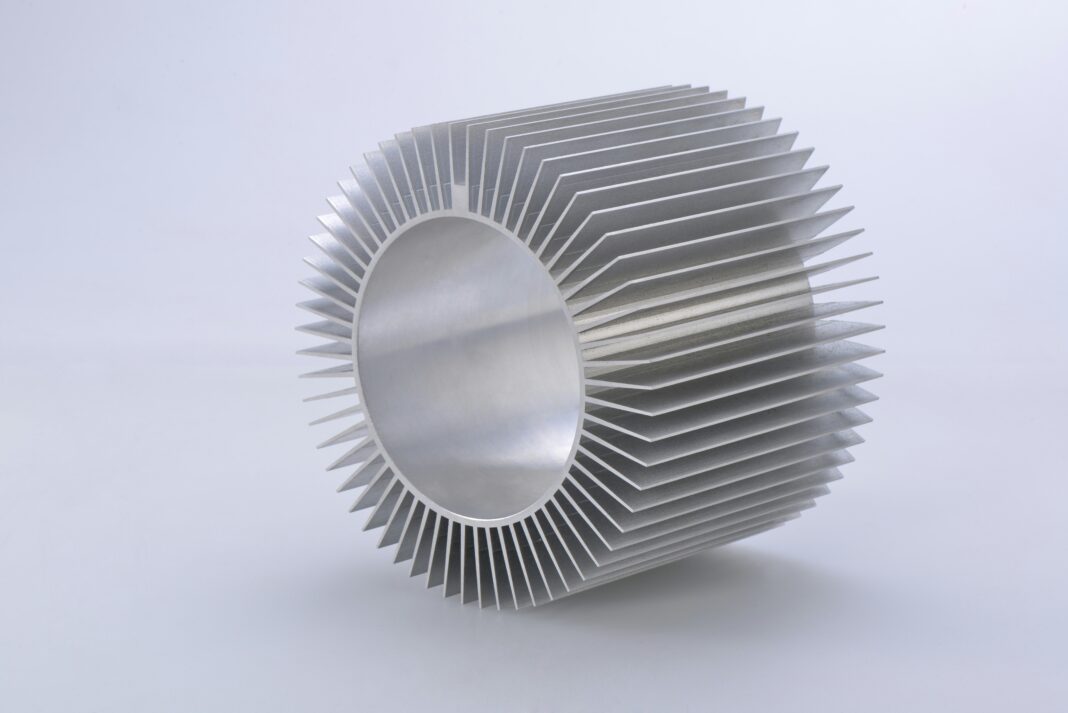The process of extrusion, a critical method in manufacturing, has seen continuous advancements over the years. This technique, which involves pushing material through a die to create objects with a fixed cross-sectional profile, is integral to producing a wide range of products, from aluminum window frames to plastic tubing. Recent developments have focused on increasing efficiency, enhancing precision, and expanding the materials that can be extruded, reflecting broader trends in automation and materials science.
Modern extrusion processes are benefiting from enhanced computer control systems. These systems allow for more precise control of variables like temperature, pressure, and speed, resulting in higher-quality products with fewer material inconsistencies. Moreover, the integration of computer-aided design (CAD) and computer-aided manufacturing (CAM) has streamlined the transition from product design to production, reducing the time and cost associated with bringing new products to market.
Improvements in the materials used in extrusion have also played a pivotal role. Manufacturers can now work with a wider range of polymers and metals, including high-performance and composite materials. These advancements not only broaden the application of extrusion in various industries but also lead to the creation of products that are lighter, stronger, and more durable than ever before. Through ongoing research and development, the extrusion process continues to evolve, poised to meet the ever-growing demands for innovative manufacturing solutions.
Fundamentals of Extrusion Technology
Extrusion technology is a critical process in manufacturing, where materials are shaped by forcing them through a die. To know how extrusion works, keep reading.
Historical Evolution
The origins of extrusion can be traced back to the creation of metal pipes and ceramics. It wasn’t until the 1930s that plastics extrusion took a significant leap forward with the development of thermoplastics, which paved the way for modern extrusion processes.
 Types of Extrusion Processes
Types of Extrusion Processes
-
Hot Extrusion: This process involves heating the material above its recrystallization temperature and pushing it through a die. Common materials for hot extrusion
-
Sheet Extrusion: In this process, plastic pellets are melted and extruded into a continuous flat sheet. These sheets vary in thickness and are used in a multitude of products.
-
Profile Extrusion: Similar to sheet extrusion, but the output is a specific cross-sectional shape. Applications include pipes, door frames, and weather stripping.
-
3D Printing: An emerging extrusion process where materials are extruded layer by layer to create a three-dimensional object. It’s especially useful for prototypes and complex geometries that are not easily manufactured through traditional methods.
Innovations in Extrusion Equipment
Recent developments in extrusion machinery have significantly enhanced operational efficiency and product quality.
Advances in Extruder Design
Twin-screw extruders have seen major advancements with the introduction of bimetallic screws and barrels that offer superior wear resistance, leading to longer service life. Enhanced screw designs now enable finer control over shear and mixing performance, critical for complex materials. The integration of intelligent control systems has allowed for precise process monitoring and automation. Notable design features are a bimetallic composition, customizable screw geometries and automated process controls.
Breakthroughs in Die Technology
Die technology has undergone revolutionary changes, particularly with the development of custom-engineered flow channels, optimizing material flow and reducing the risk of product defects. Major strides in computer-aided manufacturing have led to precise die-cut shapes that ensure uniform product thickness and improved surface finish. Modular dies have increased in popularity due to their flexibility in accommodating various shapes and sizes by simply changing out components.
Key Technological Improvements:
-
Engineered flow paths
-
Precision fabrication techniques
-
Modular design concepts
Material Science in Extrusion
In extrusion processes, advancements in material science have led to the development of innovative materials with enhanced properties, which significantly improve extrudability.
 New Extrusion Materials
New Extrusion Materials
Researchers have successfully created new alloys and polymers designed for extrusion. Aluminum alloys such as the 7xxx series have been engineered for higher strength-to-weight ratios, essential in aerospace applications. On the polymer front, thermoplastic elastomers (TPEs) now come with improved thermal stability and recyclability, broadening their use in automotive and consumer products.
Material Properties and Extrudability
The extrudability of a material is determined by certain key properties. Melting behavior and viscosity are crucial; materials with a consistent melting point and predictable flow characteristics are preferred. The introduction of nano-fillers can enhance polymer matrices, improving attributes like tensile strength and heat deflection temperature.
Process Optimization and Control
Extrusion processes have significantly improved due to advancements in automation and analytics. These enhancements allow for superior control and efficiency during manufacturing.
 Automation and Control Systems
Automation and Control Systems
In the realm of extrusion, Automation and Control Systems have become essential in enhancing process consistency and reducing human error. One observes the integration of Programmable Logic Controllers (PLCs) and Supervisory Control and Data Acquisition (SCADA) systems. These systems enable precise control over the extrusion parameters such as temperature, pressure, and screw speed. They are designed to react automatically to changes in the process, maintaining product quality and throughput.
-
Temperature Control: Ensures material is extruded at optimal conditions.
-
Pressure Monitoring: Prevents defects due to incorrect material flow.
-
Screw Speed Regulation: Maintains consistent material output and mixing.
Process Analytics and Optimization
Within process analytics and optimization, data plays a pivotal role. Extrusion companies like Thunderbird Metals leverage sensor technologies and data analytics software to monitor and analyze the extrusion process in real-time. They examine critical parameters for any deviation from the standard. Through this continuous analysis, they can implement immediate adjustments to the process to optimize product quality and enhance operational efficiency.
-
Real-Time Monitoring: Keeps track of process variables continuously.
-
Data-Driven Adjustments: Enables on-the-fly modifications to operating conditions.
-
Predictive Maintenance: Anticipates equipment failures to minimize downtime.
Environmental and Economic Aspects
Advancements in extrusion technology have led to improved environmental sustainability and economic performance. These enhancements are significant in reducing ecological footprints and optimizing production costs.
Sustainability in Extrusion
-
Materials Optimization: The modern extrusion process leverages advanced materials that have a reduced environmental impact. Recycled and bio-based polymers are increasingly used, thereby lowering waste and conserving natural resources.
-
Energy Consumption: Contemporary extrusion machinery is designed to be energy-efficient, minimizing the carbon footprint. The incorporation of solar power and regeneration of heat waste are examples of how the process is becoming more environmentally friendly.
Cost Efficiency and Productivity
-
Process Innovations: Advancements in extrusion technology, such as precision control systems, have streamlined production. This not only increases output but also reduces material and energy waste, leading to significant cost savings.
-
Market Competitiveness: The extrusion industry has seen a reduction in production expenses due to these technological improvements. Companies are able to produce higher quality products at a lower cost, enhancing their competitiveness in the market.











